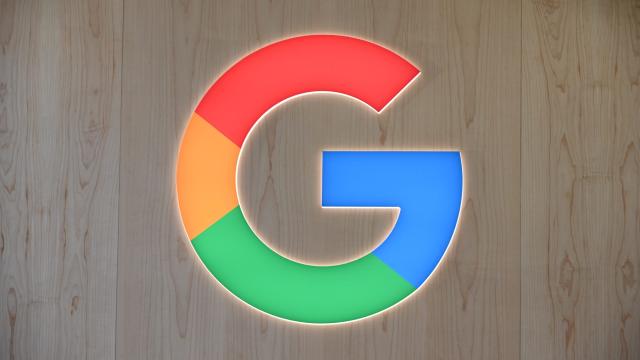Google is bringing the hammer down on websites trying to stuff their video content with infuriating advertising beginning in August, specifically taking aim at three particularly maddening types of offenders.
Google announced Wednesday that beginning August 5, 2020, websites must stop serving specific types of video ads or Google will stop showing all of the ads on those websites. The decision follows a new Better Ads Standard from the Coalition for Better Ads (a big business group that Google is part of) for short-form video content on both mobile and desktop. The guidance is based on research from 45,000 consumers in eight countries and takes aim at disruptive and annoying video ad formats.
The group, which includes ad industry heavyweights like Facebook and News Corp, has isolated three primary culprits behind the annoying ads that appear before, during, or after a video less than 8 minutes long. Those video-specific ads—the kind that make us all want to rip our hair out—include: ads or groups of ads longer than 31 seconds that cannot be skipped after a few moments, ads that interrupt content at some point around the middle, and ads that appear in the middle 1/3 of already playing content and take up at least 20 per cent of the video’s frame.
“The Coalition for Better Ads is pleased to add this new Standard to our tools to help the online ad industry improve the experience for consumers,” Neal Thurman, director of the Coalition for Better Ads, said in a statement. “Broadening the environments covered by our Better Ads Standards will benefit consumers and provide additional guidance for businesses to respond to consumer preferences.”
It will, of course, also give all the ad giants that are part of the group an increased level of control over what kinds of ads are or are not acceptable on the internet. Chrome currently maintains somewhere around 60 per cent of the world’s web browser market share.
As well as holding the internet at large responsible for better, more consumer-friendly video ad experiences, Google said its video behemoth YouTube will be held to the same standards. Product Manager Jason James wrote in the company’s blog that Google will “update our product plans across our ad platforms, including YouTube, as a result of this standard, and leverage the research as a tool to help guide product development in the future.” But these practices seem in line with what YouTube already does. We’ve reached out to Google to clarify whether anything will be changing about YouTube’s current ad standards and we’ll update this post when we receive a reply.
May these pesky video ads be banished straight to hell and never return.
